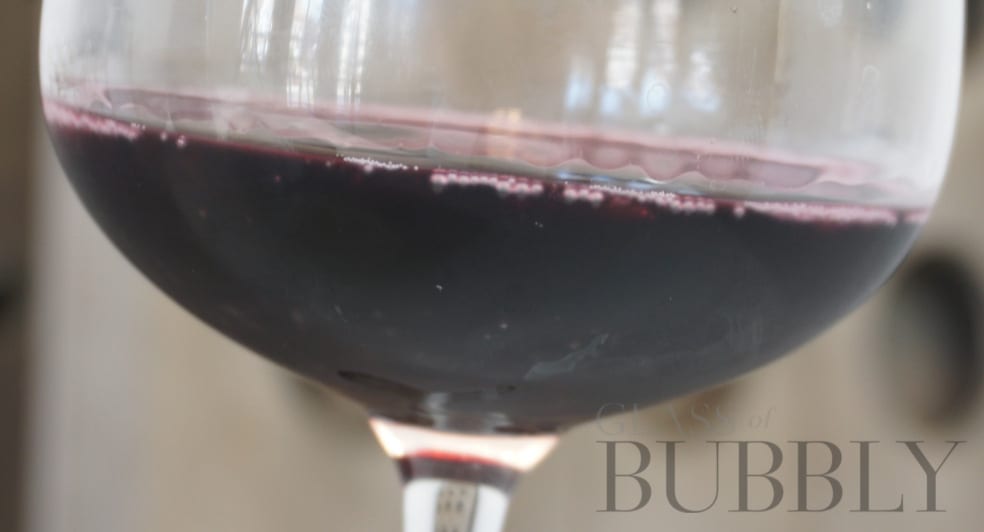Italy’s Wine Renaissance: A Toast to Tradition and Innovation
26th August 2024

In the world of wine, few names evoke as much reverence and passion as Italy. With a history that spans millennia and a diversity that rivals the country’s own landscape, Italian wines have long been the toast of connoisseurs and casual drinkers alike. Yet, in recent years, Italy’s wine scene has undergone a renaissance, blending time-honoured traditions with modern innovation to capture the palates of a new generation of wine enthusiasts.
Reviving Ancient Traditions
Italy’s wine heritage is deeply rooted in its culture, with regions such as Tuscany, Piedmont, and Veneto producing some of the world’s most iconic wines. What sets Italian wines apart is the country’s commitment to preserving ancient techniques while adapting to contemporary tastes. For instance, in Sicily, winemakers are reviving the practice of cultivating indigenous grape varieties like Nero d’Avola and Grillo. These grapes, once overshadowed by international varieties, are now celebrated for their unique flavours and resilience to the island’s harsh climate.
Take, for example, the resurgence of biodynamic and organic farming practices in Italy’s vineyards. Producers in regions like Tuscany are returning to these sustainable methods, which date back centuries, to craft wines that are not only true to their terroir but also environmentally friendly. The result is a wine that offers a distinct taste of the land, untainted by synthetic chemicals—a quality increasingly sought after by today’s discerning wine drinkers.
The Art of Blending Tradition with Innovation
While tradition remains at the heart of Italian winemaking, innovation is also playing a pivotal role in shaping the industry’s future. Modern winemakers are experimenting with new techniques and technologies to enhance the quality and complexity of their wines. This is particularly evident in the super Tuscan movement, where winemakers blend traditional Sangiovese grapes with international varieties like Cabernet Sauvignon and Merlot to create bold, full-bodied wines that challenge conventional classifications.
In the Veneto region, winemakers have embraced the appassimento method, where grapes are partially dried before fermentation. This technique, used to produce the famed Amarone della Valpolicella, concentrates the sugars and flavours in the grapes, resulting in a rich, intense wine that has gained a global following. The marriage of age-old practices with cutting-edge innovation is what keeps Italian wines at the forefront of the global market.
An excellent representation of this balance between tradition and modernity is the Toscana Rosso IGT, a wine that reflects the versatility and creativity of Tuscan winemakers. It’s a blend that pays homage to the region’s storied past while offering something new and exciting for today’s wine lovers.
The Rise of Italian Wines on the Global Stage
Italy’s wine renaissance has not gone unnoticed on the international stage. Italian wines are now more accessible than ever, with exports reaching record highs in recent years. This global appeal is partly due to the industry’s ability to cater to a wide range of tastes and budgets, from the affordable and approachable Pinot Grigio to the luxurious and complex Barolo.
Wine tourism in Italy has also flourished, with regions like Chianti and Langhe becoming must-visit destinations for oenophiles. Visitors are drawn not only by the opportunity to taste world-class wines but also by the chance to experience the rich culture and history that surrounds them. This growing interest in Italian wines is further fuelled by events such as Vinitaly, the country’s leading wine exhibition, which showcases the best of Italy’s diverse offerings to an international audience.
Italian wines have also made significant inroads into markets traditionally dominated by other wine-producing nations. In the United States, for instance, Prosecco has become the sparkling wine of choice for many, overtaking Champagne in popularity due to its affordability and versatility. Similarly, in the UK, Italian wines have seen a surge in demand, with consumers increasingly appreciating the variety and quality that Italy has to offer.
A Future Rooted in Tradition and Innovation
As Italy’s wine industry continues to evolve, its future looks as promising as its past. The country’s winemakers are proving that it is possible to honour tradition while embracing change, creating wines that are as diverse as Italy itself. For wine enthusiasts, this renaissance offers an exciting opportunity to explore the depth and breadth of Italian wines, from the familiar to the obscure, the ancient to the avant-garde.
In conclusion, whether you’re a seasoned aficionado or a curious newcomer, Italy’s wines offer something for everyone. With a rich history, a commitment to quality, and a spirit of innovation, Italian wines are poised to remain at the forefront of the global wine scene for years to come. So, the next time you raise a glass, consider reaching for a bottle from Italy—where every sip tells a story of tradition, passion, and excellence.
![]()
Glass of Bubbly Content
Content shared by this account is either news shared free by third parties or advertising content from third parties and affiliations. Please be advised that links to third party websites are not endorsed by Glass of Bubbly Ltd - Please do your own research before committing to any third party business promoted on our website.
